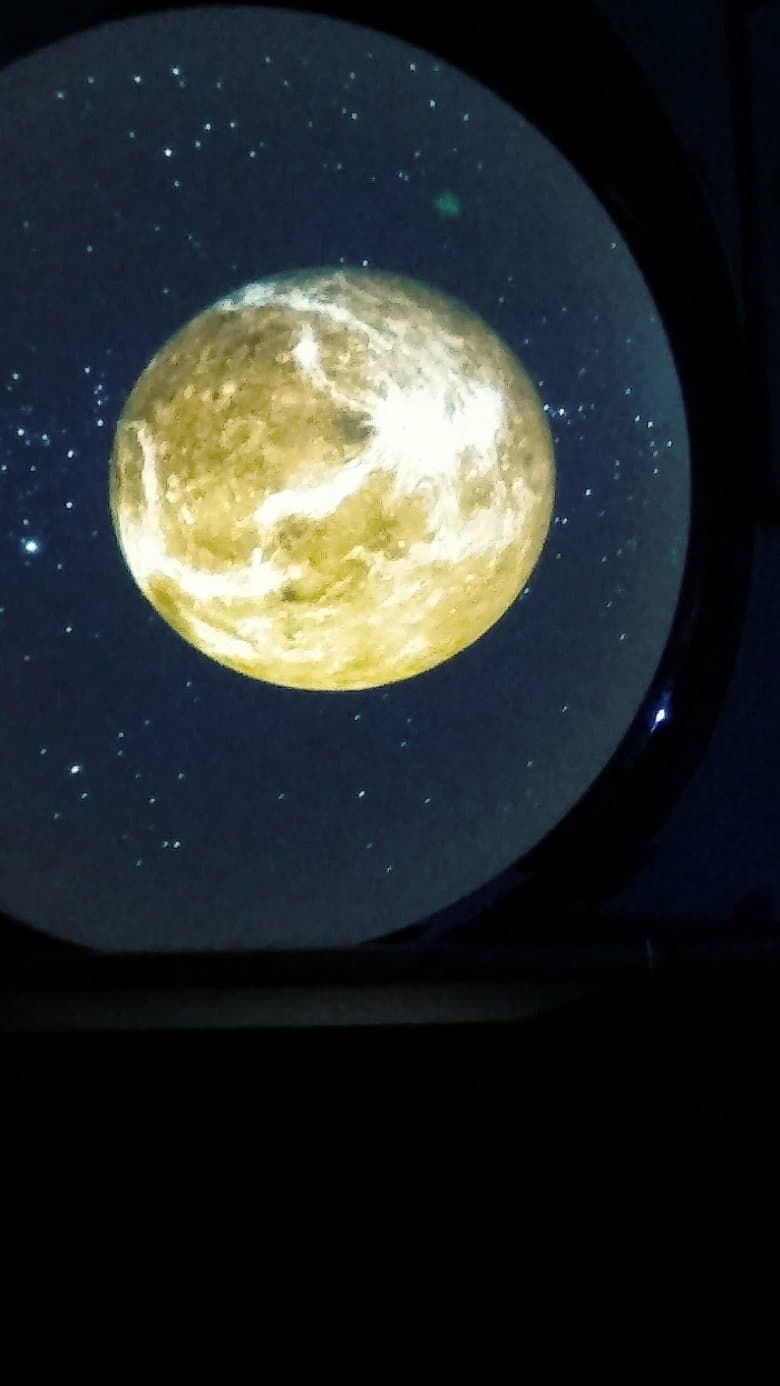
Detroit Observatory University of Michigan
Explore historic telescopes and U of M's scientific past at this 19th-century observatory. Free Friday viewings available!
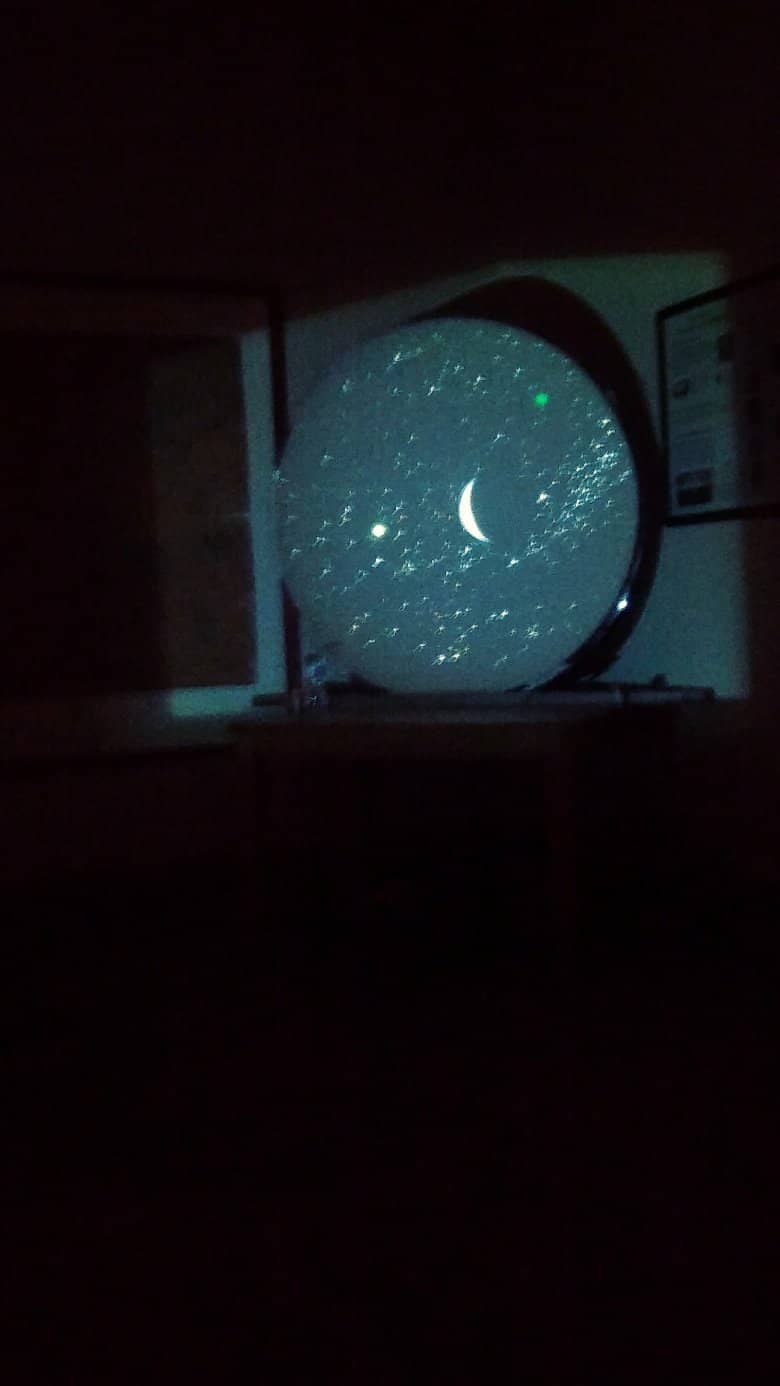
Highlights
Must-see attractions
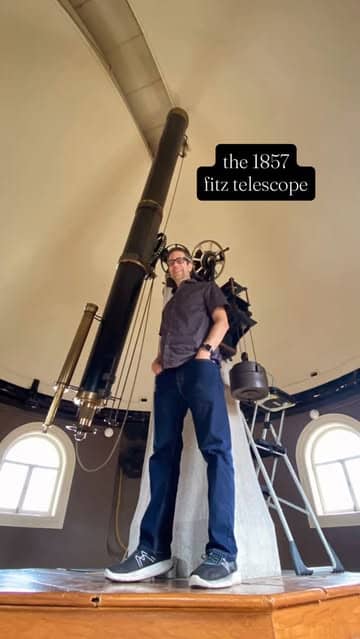
Social
From TikTok & Reddit
Best Time
Free tours & telescope viewings

Detroit Observatory University of Michigan
Best Time
Free tours & telescope viewings

Highlights
Must-see attractions
Explore historic telescopes and U of M's scientific past at this 19th-century observatory. Free Friday viewings available!
"A must-visit for history and astronomy lovers, offering a glimpse into the cosmos through antique lenses."
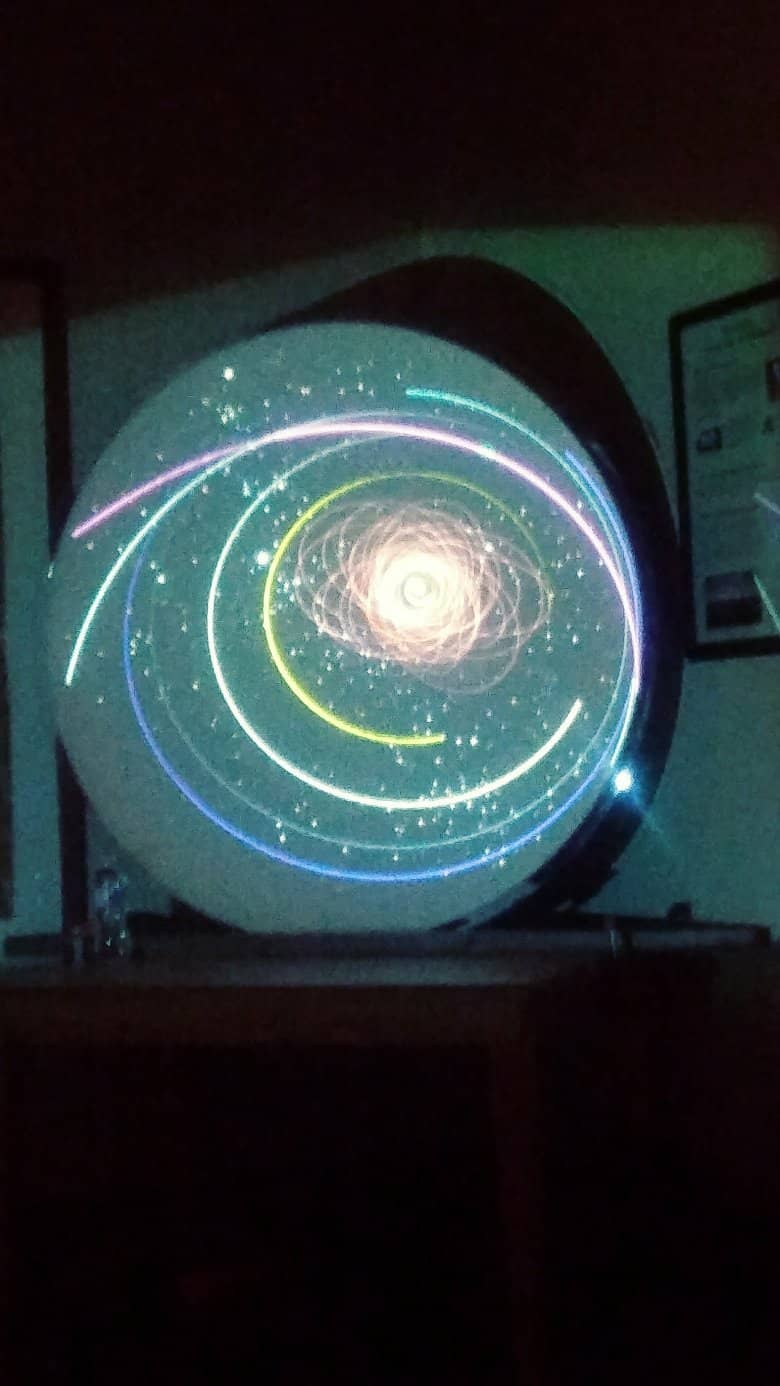
🎯 Free Friday Night Tours
Join the free tours every Friday evening for a chance to see through historic telescopes.
📅 Check August Schedule
The observatory closes for vacation in August, so plan your visit accordingly.
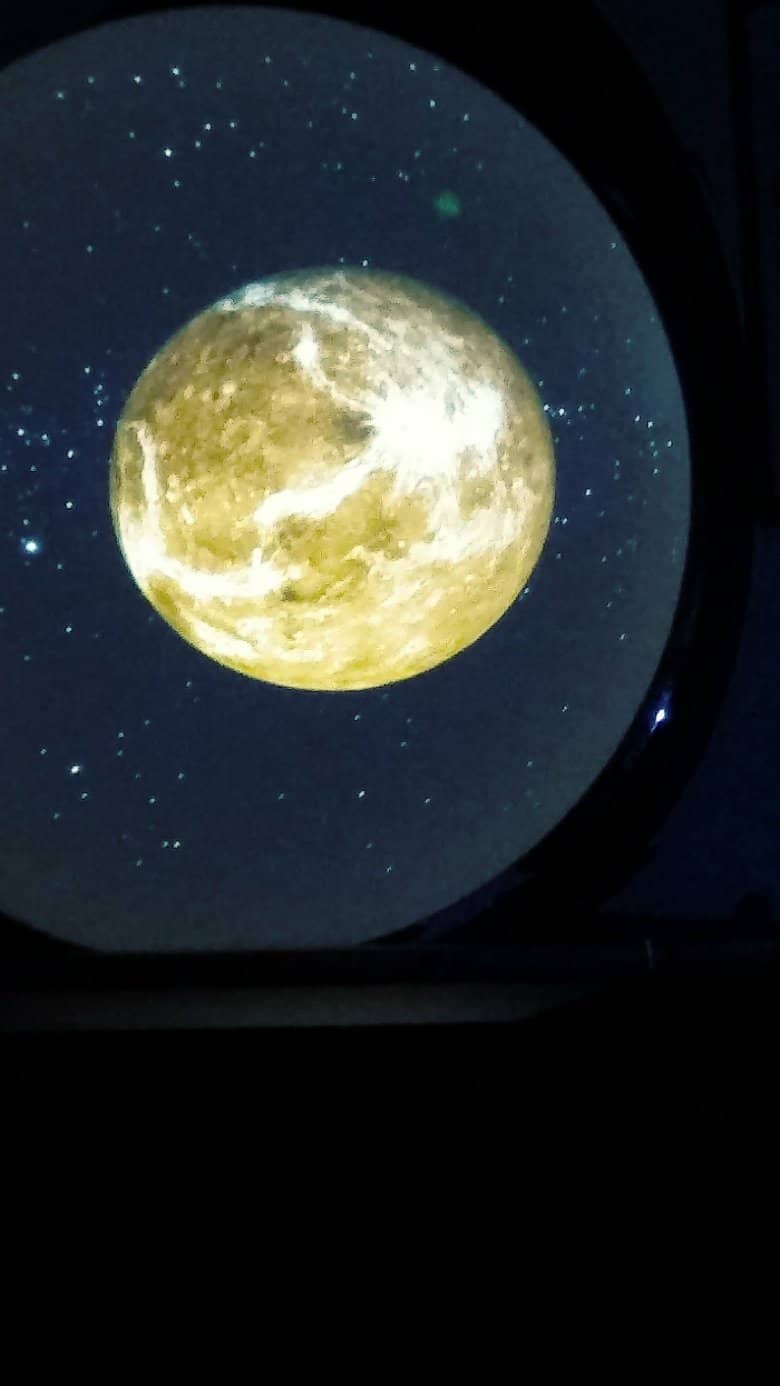
Highlights
Discover the most iconic attractions and experiences

Historic Fitz Refractor Telescope
Main Dome
Gaze through a magnificent Victorian-era telescope, one of the oldest in North America.

The Observatory Building
Exterior and Interior
Admire the architecture of the second oldest building on the U of M campus, a testament to early scientific investment.
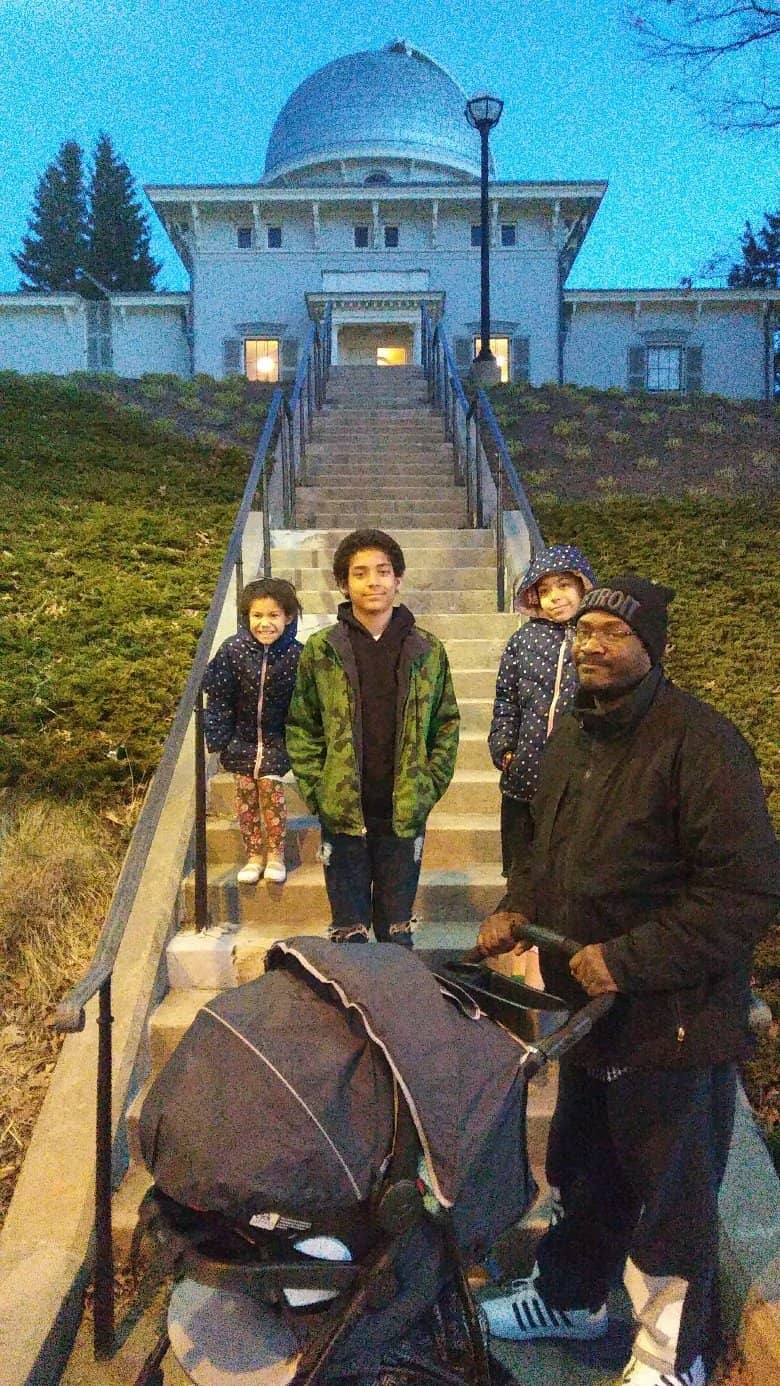
Friday Evening Celestial Viewing
Main Dome
Experience the thrill of viewing celestial objects through the historic telescope on clear Friday nights.
Plans like a pro.
Thinks like you
Planning Your Visit
Plan Your Visit: Free Friday Viewings
A Glimpse into Astronomical History
Best Times
Insider Tips
from TikTok, Instagram & Reddit
🎯 Free Friday Night Tours
Join the free tours every Friday evening for a chance to see through historic telescopes.
📅 Check August Schedule
The observatory closes for vacation in August, so plan your visit accordingly.
🔭 Volunteer-Led Tours
Friendly and knowledgeable volunteers guide tours, sharing fascinating insights.
✨ Historic Significance
Learn about its role in early U.S. science and the University of Michigan's history.
Tips
from all over the internet
🎯 Free Friday Night Tours
Join the free tours every Friday evening for a chance to see through historic telescopes.
📅 Check August Schedule
The observatory closes for vacation in August, so plan your visit accordingly.
🔭 Volunteer-Led Tours
Friendly and knowledgeable volunteers guide tours, sharing fascinating insights.
✨ Historic Significance
Learn about its role in early U.S. science and the University of Michigan's history.
What Travellers Say
Reviews Summary
Visitors consistently praise the Detroit Observatory for its historical significance and the unique opportunity to view celestial objects through antique telescopes. The friendly and knowledgeable guides enhance the experience, making it a highly recommended stop for those interested in astronomy or local history. Some visitors note that the observatory is closed in August, so checking the schedule is crucial.
"Very historic place. This is one of the oldest telescopes in North America. There's a free tour every Friday evening where you get to see celestial objects through the telescope. Staff/Volunteers are very friendly. If you are near Ann Arbor this is a must visit place if you are interested in history or astronomy"
Rengesh K
"This place was so cool! It has really historical telescopes that are not just historical for the university, or even Michigan, but the United States. Absolutely a must visit!!! :) They do viewings on Friday nights (except in August for vacay) but yeah! Go check it out!"
Theodore Hynes
"The Detroit Observatory is the second oldest building on the University of Michigan Campus. Built in the mid 19th century it was a big early investment in world class science research at the new U.S. higher education institution. The newly completed (2022) classroom and addition makes the space suitable for all sorts of events and classes. The original telescope hardware and infrastructure provide excellent insights to the tools that brought astronomy into a predictive field. Critical to the early history of the University of Michigan this is a great way to get a sense of the institution’s early history."
David Stone
What People Like
What People Dislike
Frequently Asked Questions
🚇 🗺️ Getting There
The Detroit Observatory is located on the University of Michigan's Ann Arbor campus. It's accessible by car, with parking available nearby. Public transportation options within Ann Arbor can also be used to reach the vicinity.
Parking availability can vary, especially on event nights. It's advisable to check the University of Michigan's parking services website for the most up-to-date information on visitor parking lots and rates near the observatory.
Depending on your starting point in central Ann Arbor, walking to the observatory is feasible, though it might take a significant amount of time. It's a pleasant walk through campus if you enjoy exploring on foot.
🎫 🎫 Tickets & Entry
Admission to the Detroit Observatory is generally free, especially for the popular Friday evening tours and viewings.
The observatory's hours can vary, but the most consistent public access is through the free tours offered every Friday evening. It's always best to check their official website or social media for the most current schedule.
While not always strictly required, it's a good idea to check if advance booking is recommended, especially for special events. For regular Friday viewings, arriving a bit early is often sufficient.
Yes, the observatory typically closes for vacation during August. Always confirm their operating schedule before your visit.
🎫 🔭 Onsite Experience
You can explore historic telescopes, learn about the history of astronomy and the University of Michigan, and on clear nights, view celestial objects through the Fitz Refractor.
Yes, the tours are guided by knowledgeable and friendly staff or volunteers who provide insights into the observatory's history and scientific instruments.
The observatory offers an enriching experience for all ages. Children can be fascinated by the historic equipment and the wonders of space.
Photography is generally permitted for personal use, but it's always polite to ask for clarification from staff or volunteers if you plan on extensive shooting.
A recent renovation (completed in 2022) added a modern classroom and event space, making the historic observatory more versatile for educational programs and events while preserving its historical integrity.
📸 📸 Photography
The exterior architecture of the building itself is quite photogenic, especially during golden hour. Inside, the historic telescopes and dome mechanisms offer unique photographic opportunities.
Tripod usage might be restricted to avoid obstructing pathways or damaging delicate exhibits. It's best to inquire with the staff on-site about their policy regarding tripods.
Early morning or late afternoon light can enhance the architectural features of the building. For interior shots, the lighting conditions during tours will be your primary guide.
For Different Travelers
Tailored advice for your travel style
👨👩👧 Families with Kids
Pro-tip: The Friday evening viewings are a fantastic way to introduce kids to astronomy. Seeing celestial objects through a historic telescope can spark a lifelong interest. Ensure you check the weather forecast and their schedule, as August is typically closed for vacation.
🔭 Astronomy Enthusiasts
Don't miss the Friday night viewing sessions for a chance to use the historic equipment. The knowledgeable guides can offer deep insights into the instruments and the history of astronomical observation. It's an unparalleled opportunity to connect with the roots of modern astronomy.
🏛️ History Buffs
Explore the original infrastructure and hardware that were critical to early astronomical studies. The guided tours provide rich historical narratives about the observatory's founding and its contributions to science and education in the United States.
Deep Dives
In-depth insights and expert knowledge
A Legacy in Astronomy
Beyond its impressive hardware, the observatory's infrastructure itself tells a story. The original dome mechanisms and the building's design offer insights into the engineering and architectural practices of the era. A recent renovation, completed in 2022, has integrated a modern classroom and event space, enhancing its utility for educational purposes while carefully preserving its historical essence. This blend of old and new makes the Detroit Observatory a unique site for understanding the evolution of astronomical observation and university science.
Visitors often remark on the enriching experience of learning about the tools that transformed astronomy into a predictive field. The guides, often volunteers, are lauded for their knowledge and passion, making the historical context come alive. It’s not just about seeing old equipment; it’s about connecting with the scientific endeavors of the past and appreciating the foundations upon which modern astronomy is built.
Experiencing the Night Sky
These viewings are not just about observation; they are educational events. Volunteers and staff often provide context about what you are seeing, sharing fascinating facts about the objects in the night sky and the history of astronomical discovery. The chance to operate the dome or even the telescope, as one visitor experienced, adds an interactive element that makes the visit even more memorable.
It's important to note that these viewings are weather-dependent. Clear skies are essential for a successful stargazing session. While the observatory is free to enter, the viewing sessions are a prime example of the value offered, making it a highly recommended activity for anyone interested in astronomy or simply looking for a unique evening experience.
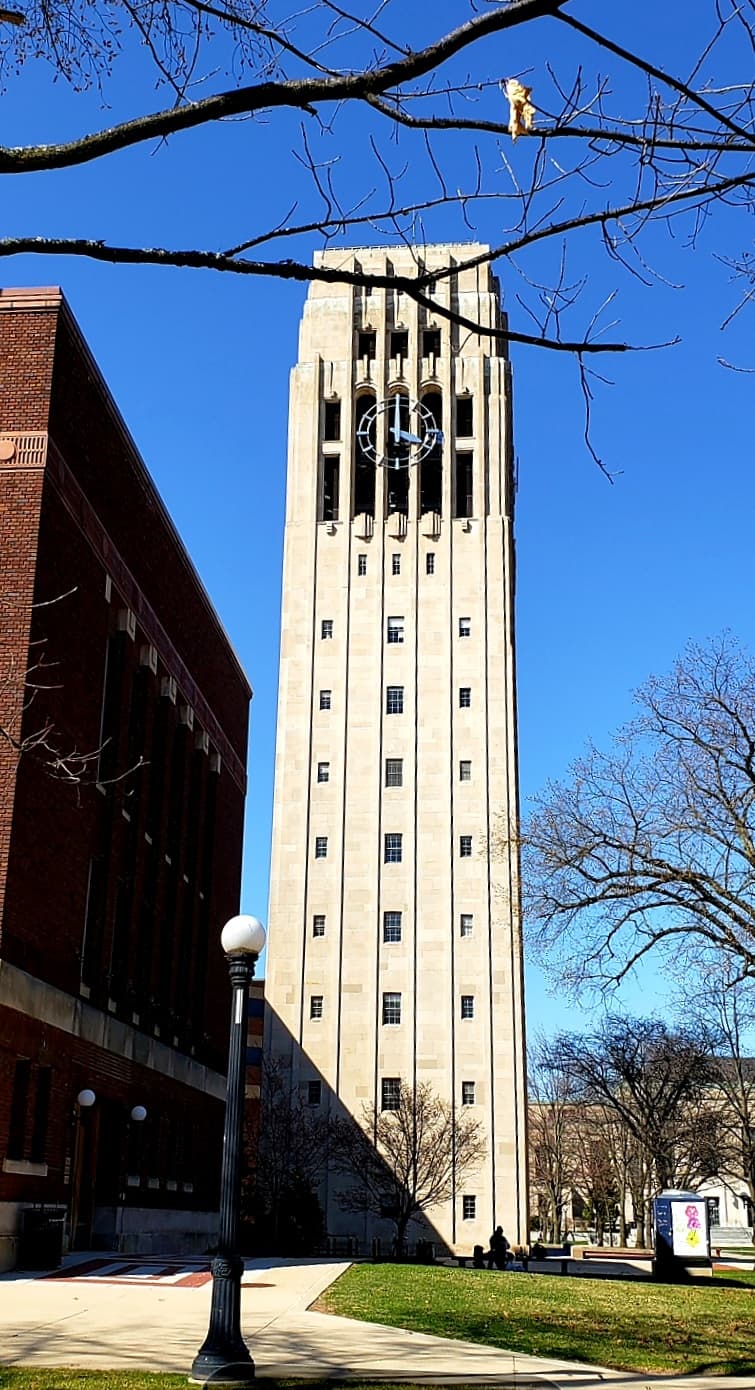

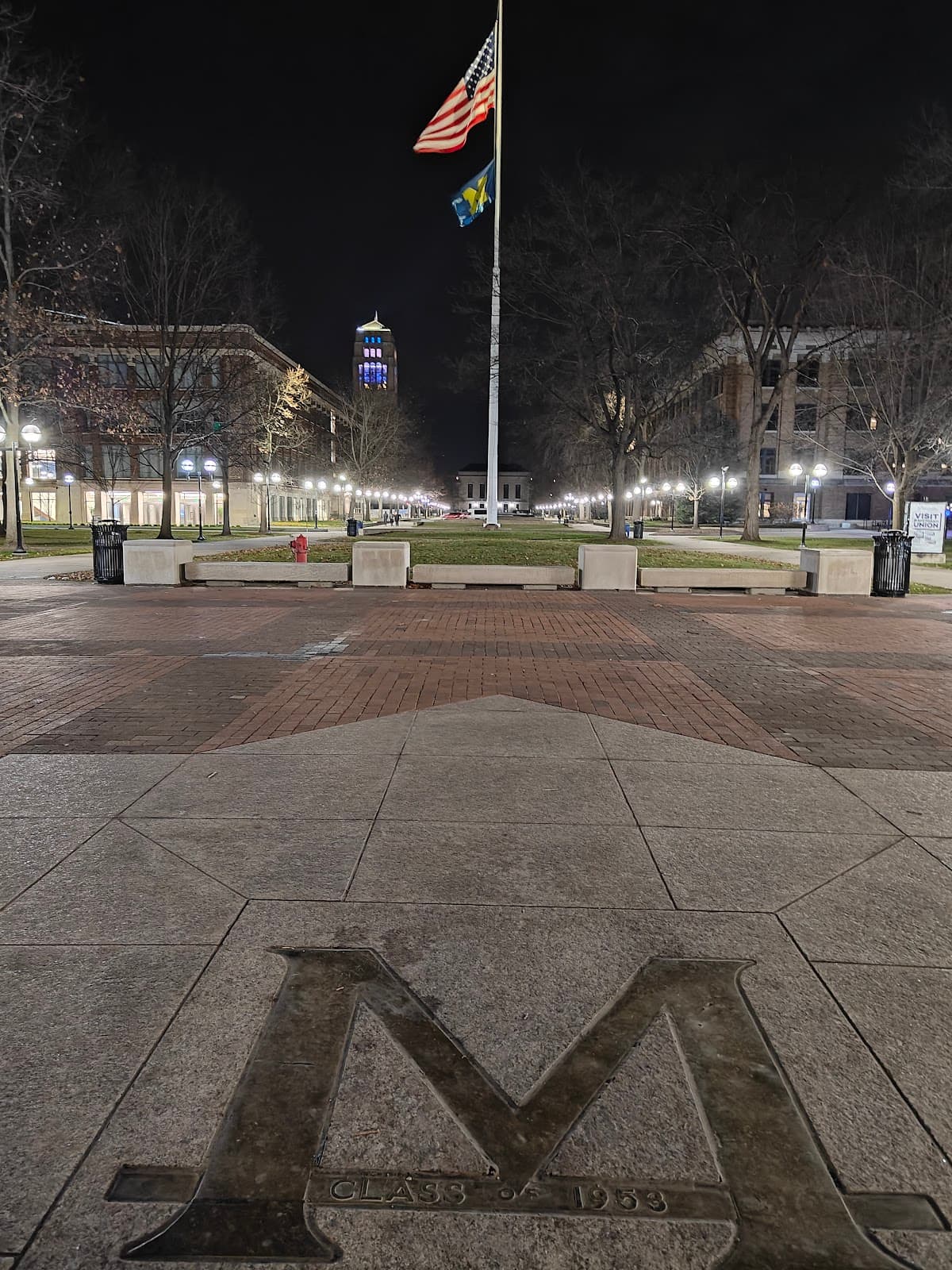
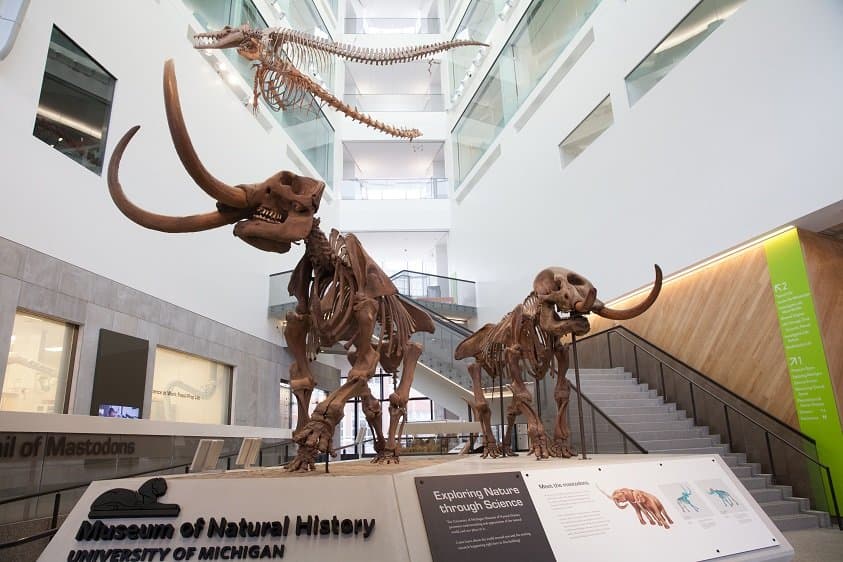
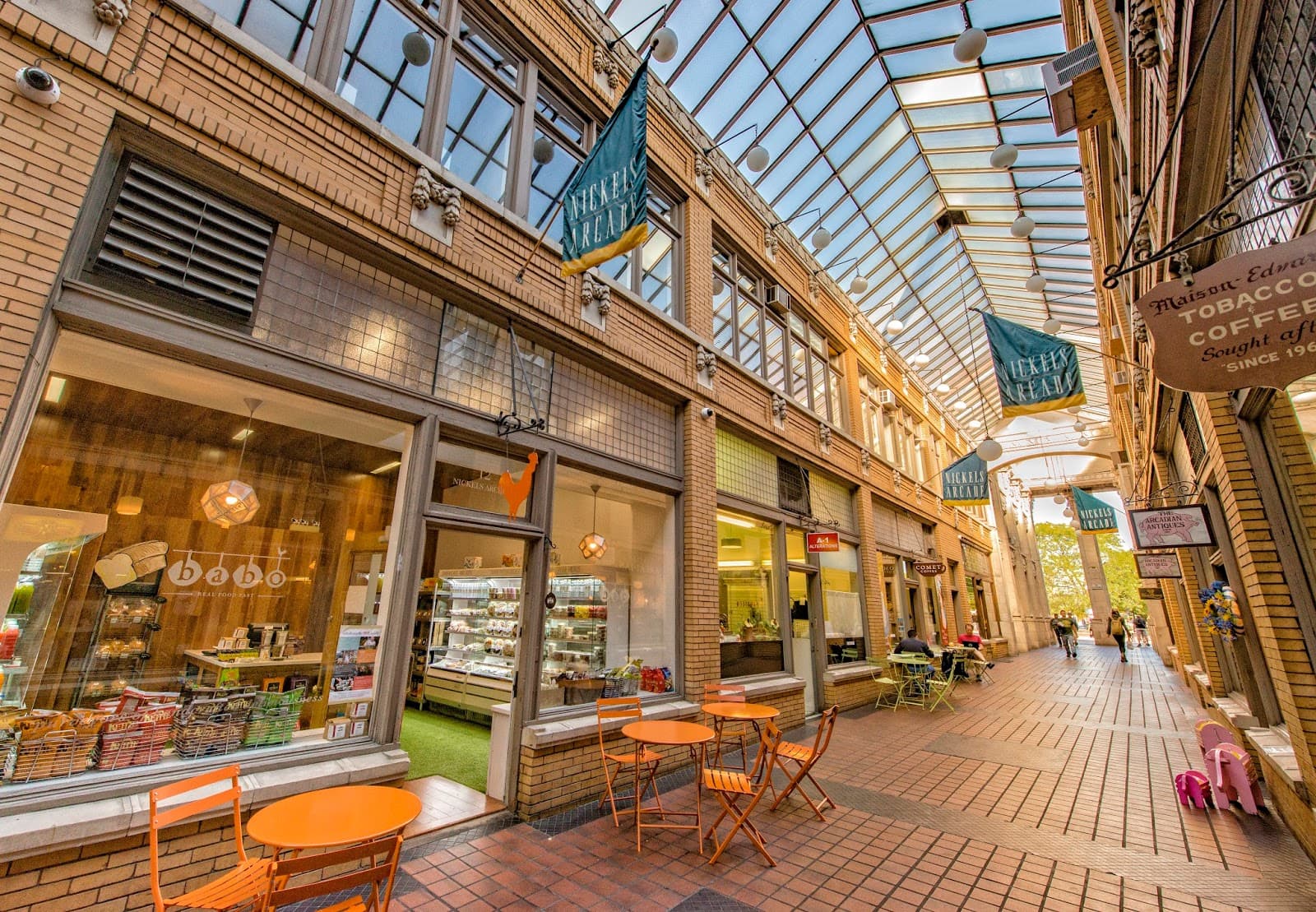
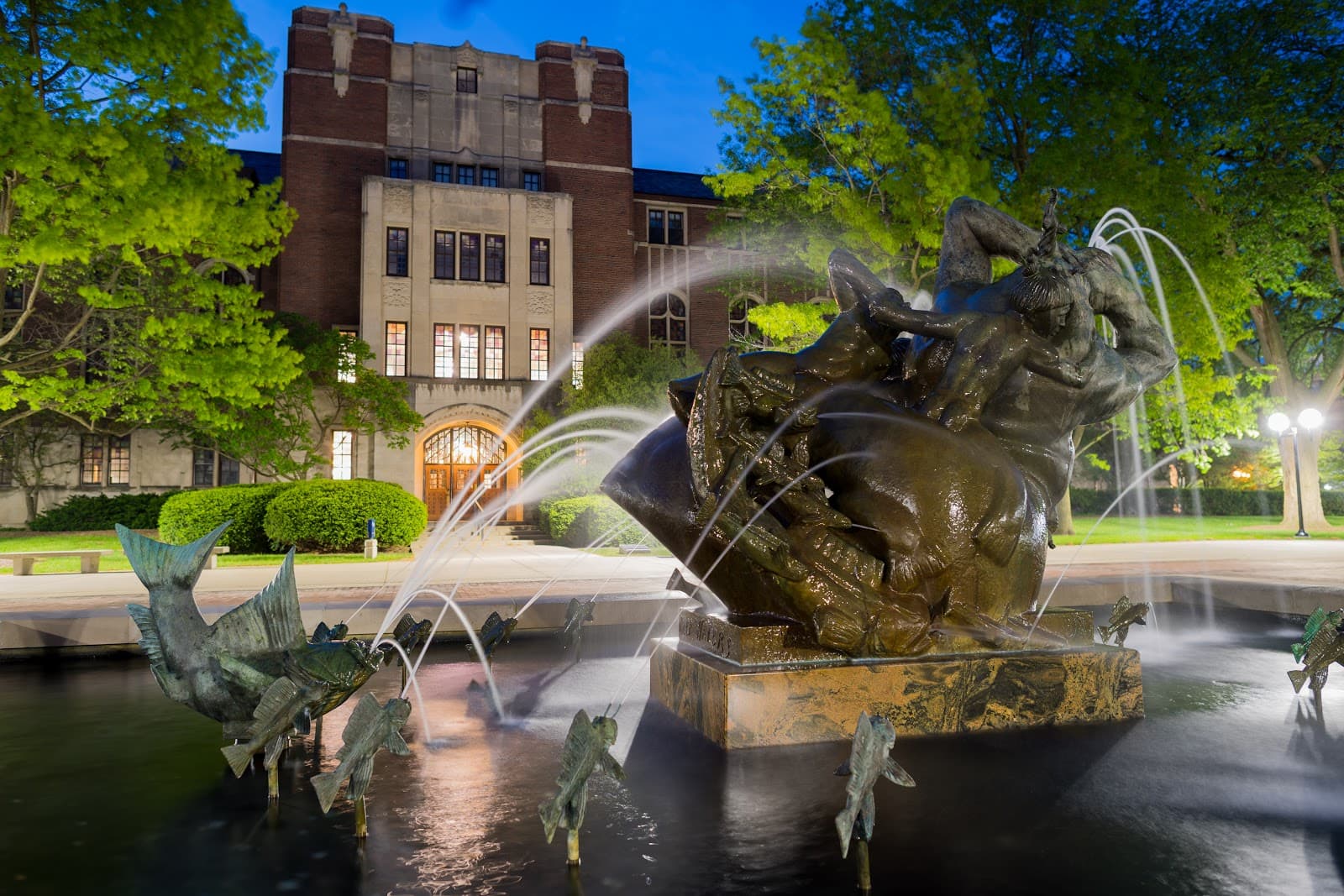
Social
from TikTok, Instagram & Reddit